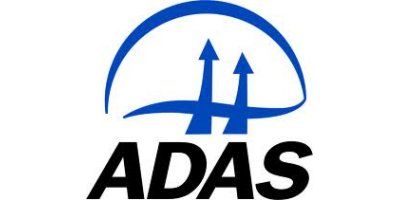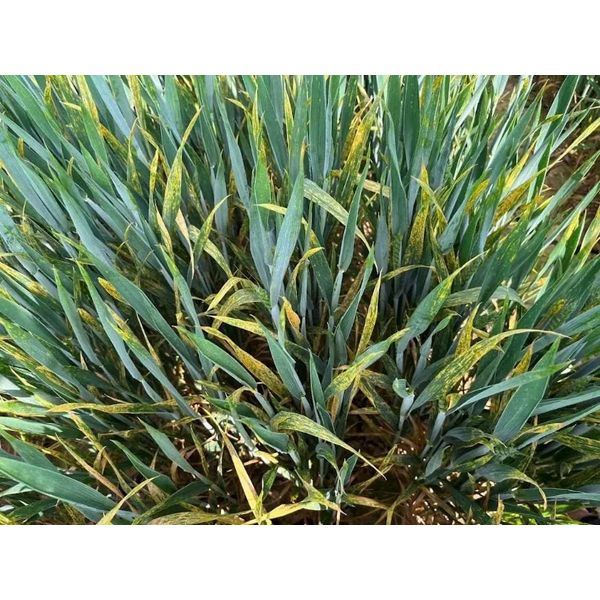

- Home
- Companies
- RSK ADAS Ltd
- News
- Dry spring and Yellow Rust prove ...
Dry spring and Yellow Rust prove challenging for cereal growers
The 2024-25 growing season started off once again with very wet conditions, after a storm on 20 September caused heavy flooding in several parts of the county. Continued wet weather meant that drilling windows were few and far between, with many crops not being drilled until November.
This wet winter was followed by an extremely dry spring, a sharp contrast to 2024. While this allowed growers to keep up to date on field operations, it limited tillering and nutrient uptake. Our office at ADAS Rosemaund, near Hereford, recorded only 8mm rainfall in March, compared to 141mm in 2024 – as a result, crops started to show signs of drought stress in May, particularly those on light land.
Following what turned out to be the driest spring in 69 years, rainfall received in the last week of May was very much welcomed and will prove vital in helping crops to recover.

Because of the dry spring, growers have been reporting much lower than normal levels of septoria in crops. However yellow rust, a temperature-driven pathogen of wheat, has been reported in a wide range of varieties. This pathogen is usually more prevalent in the east of the UK where temperatures are warmer and susceptible bread-making varieties are popular.
In 2025, yellow rust was found in several varieties previously reported to be resistant to this disease. This has meant that growers and agronomists have had to remain vigilant when monitoring crops and adjust fungicide programmes where yellow rust has come in.
Choosing which fungicides to use and at what dose has been a difficult decision this year, given the abundance of yellow rust and the risk of rainfall through June and July initiating a late epidemic of septoria. One to watch…
Performance of winter wheat varieties, disease control, crop nutrition, weed control and soil compaction will all be covered at the ADAS Open Day with AHDB on the 17th June, 12 till 3pm in Weobley, Herefordshire HR4 8PZ. Meet experts from ADAS and AHDB who will be on hand to share plot demonstrations and provide advice for the season ahead. It’s a free event, open to all.
To register, please visit our Summer Open Day event webpage.
